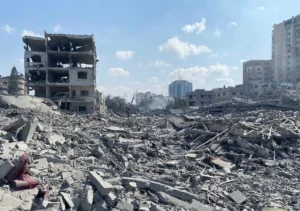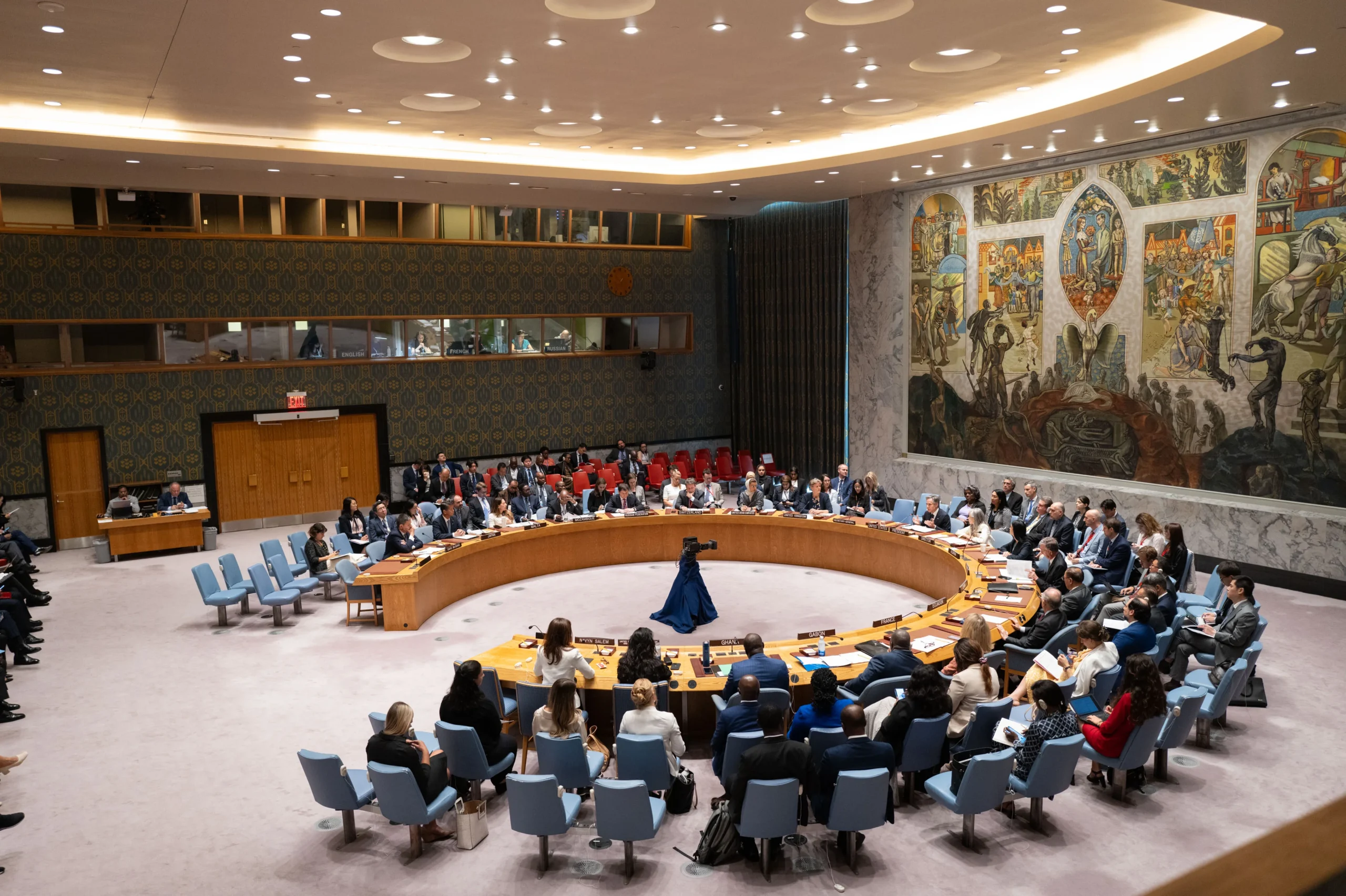Israel Hamas conflict: Empowering Resolution Amidst Strife, Hope amidst Tensions
Diplomatic Maneuvers in the Israel-Hamas Conflict: A Closer Look at the US Proposal for a Temporary Ceasefire

In the midst of the ongoing Israel-Hamas conflict, diplomatic efforts have taken center stage as nations grapple with how to address the humanitarian crisis and work towards a solution. One significant development in this arena is the United States’ proposal for a temporary ceasefire in the United Nations Security Council (UNSC). This blog post will delve into the intricacies of this proposal, its implications, and the broader context of the conflict.
Understanding the Proposal
The US proposal, presented in the UNSC, calls for a temporary ceasefire in the Israel-Hamas war and opposes a major ground offensive by Israel in Rafah. This move by the US marks a departure from its previous stance of avoiding the term “ceasefire” in UN actions regarding the conflict. The proposal emphasizes the release of hostages held by Hamas and the provision of humanitarian assistance to Gaza without barriers.
Diplomatic Dynamics
The proposal reflects the complex diplomatic dynamics at play, with the US balancing its support for Israel while also seeking to address humanitarian concerns. The decision to propose this resolution comes after signaling its intention to veto an Algerian-drafted resolution demanding an immediate ceasefire, citing concerns about jeopardizing ongoing negotiations involving the US, Egypt, Israel, and Qatar.
Implications and Challenges
The proposed resolution faces several challenges, including the need to garner sufficient support within the UNSC. To pass, a resolution requires at least nine votes in favor and no vetoes from the permanent members, including the US, France, Britain, Russia, or China. Additionally, the resolution’s effectiveness hinges on its ability to influence the actions of key actors in the conflict and mitigate further harm to civilians.
Regional and International Concerns
The focus on preventing a major ground offensive in Rafah underscores broader regional and international concerns about the escalation of violence and the worsening humanitarian crisis in Gaza. The potential consequences of such an offensive, including civilian casualties and displacement, have raised alarm within the international community.
US-Israel Relations
The US proposal also sheds light on the dynamics of US-Israel relations, with the US taking a more assertive stance at the UN regarding Israeli actions. While traditionally shielding Israel from UN action, the US’s decision to propose this resolution sends a signal to Israeli Prime Minister Benjamin Netanyahu that diplomatic protection may not be unconditional.
Humanitarian Imperative
Amidst the diplomatic maneuvering, the humanitarian imperative remains paramount. The dire situation in Gaza, characterized by widespread suffering and urgent humanitarian needs, underscores the urgency of finding a sustainable solution to the conflict. The proposed ceasefire presents an opportunity to alleviate immediate suffering and pave the way for broader efforts towards peace and stability.
Conclusion
The US proposal for a temporary ceasefire in the Israel-Hamas conflict represents a significant diplomatic development with far-reaching implications. As diplomatic efforts continue, it is essential to prioritize the well-being of civilians and work towards a sustainable resolution that addresses the root causes of the conflict. The road ahead may be fraught with challenges, but concerted international efforts offer hope for a brighter future for the people of Gaza and the broader region.

